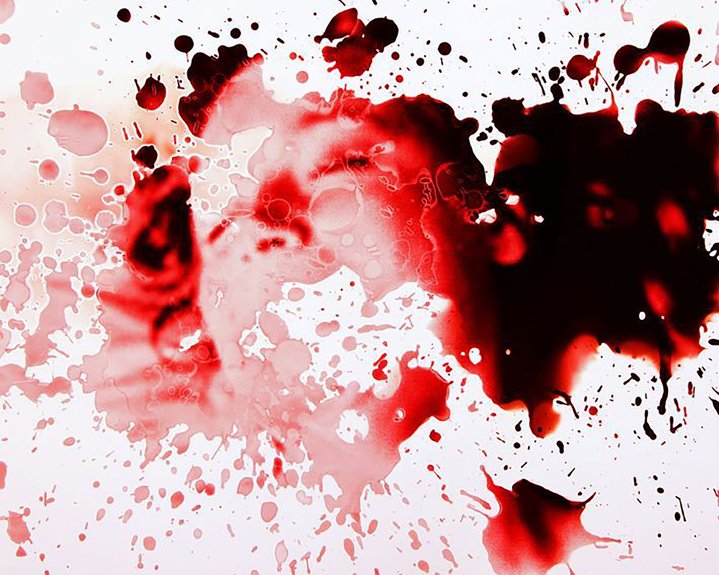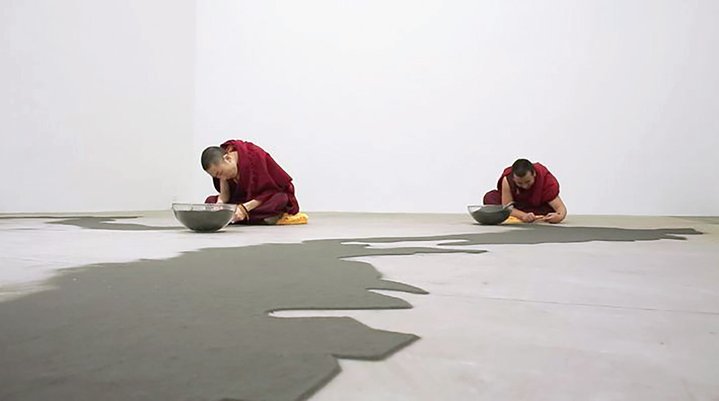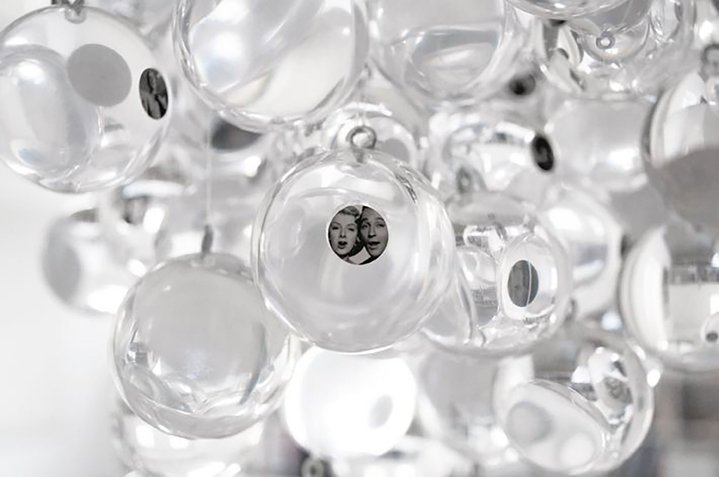Of poets and Russian money: key to an artist's success

Anatoly Shuravlev. Photo by Zhanna Malit
Anatoly Shuravlev (b. 1963) reflects on his own experiences as a Russian artist of collaborating with art dealers and gallerists at home and abroad.
I started out working with the first art galleries to emerge in Russia at the end of the Soviet Union when they were just small communities of friends exhibiting one another’s work. And for many years now I have been taking part in international art fairs and have exhibited my work in established galleries. Reflecting on the differences between Russia and the west, I suggest looking broadly, from a more general perspective, not just comparing how gallerists from various countries do business. Indeed, the differences are small, all of the ambitious Soviet and later Russian gallerists took on board and imitated Western models and adapted them to our domestic market. Many have done this very well.
Key to an artist's success in both places, within and outside Russia, are excellent communication skills, personal involvement and good PR. Of course, the artist’s work must be good to begin with. Or at least he or she must have some talent.
One important difference is that for international gallerists, an artist’s c.v. is extremely important: who you are, who you have already worked with, where you have been exhibited, who has curated it. This is also important in Russia, however, much less so. And one more thing, in Russia it's difficult to "come in off the street": you need a guide, critic or curator who will give the the artist a leg up. Europe seems much more lenient in this respect. Although, to be honest, this distinction is blurring.
And so, back to my basic view, in general terms I think there is really only one fundamental difference from which everything else grows: a difference in attitude towards artists and their work. In Europe, and everywhere else in the world, to be an artist is first and foremost a profession. It is like being a doctor, teacher or IT programmer. There is that funny story, in the 80s in Germany a survey was carried out among schoolchildren who were asked: "What do you want to be when you grow up? There were two popular answers: a tennis player and an artist. Even forty years ago pupils understood that it was just a job.
Can any of my colleagues imagine that in Russia? Of course not. In Russia 'a poet is more than a poet' in everything. To be an artist is a way of life in Russia, it’s not just a job.
And so we artists, born in the USSR or Russia, have expectations from galleries which just don't match up with how things are in the West at all. I have always expected a gallery to do more than just sell works. Now I realize that this is wrong. What is a gallery really? Just a shop where the goods are art. What is an art fair? Just a conventional marketplace. And this shop and market exist according to market laws. Nothing more.
Yes, it sounds cynical. But business is business, it’s nothing personal. For us Russians, galleries and exhibitions are a social occasion, a place for philosophical discussion, an educational space, everything but a commercial enterprise. Many of the visitors don't even think about buying anything in a gallery or at a fair. And not because it's expensive, after all, there are plenty of affordable works available as well. Many visitors simply have no idea that the works are for sale.
The art business is, above all a business, even if it is prefixed with the word "art". But we Russians regard it as poetry. That is a problem.
What is the art industry in England? An industry which brings in more GDP than agriculture. What is the art industry in Russia? An industry that is closed in on itself, self-contained. And because of this, there is another special feature of running a successful art business there: friendship with wealthy people. We still rely on them for everything! If you make friends with someone, you're more likely to make successful sales or receive financial support. We do not have many galleries which have levelled themselves up to an equivalent Western standard without using the help of ‘big money’. In Russia, contemporary art still occupies a marginal sphere, though it is sometimes displayed on Red Square near GUM department store. The square might be Red Square, but there are bourgeois carpets on the walls and in people’s minds. And that is the key difference between the way things work ‘over there’ and ‘here’.
But to be honest, I think things are about to change fundamentally. Thanks to digitalization, gallerists and others in the art industry, be it domestic or abroad, will lose influence (think of NFTs, for example). And secondly, the market will define what is art and what is good art in particular. If it sells out, then it's art. If it doesn’t sell out, then it's not. The art business will become more and more of a business, and the future will decide where the Art is.











